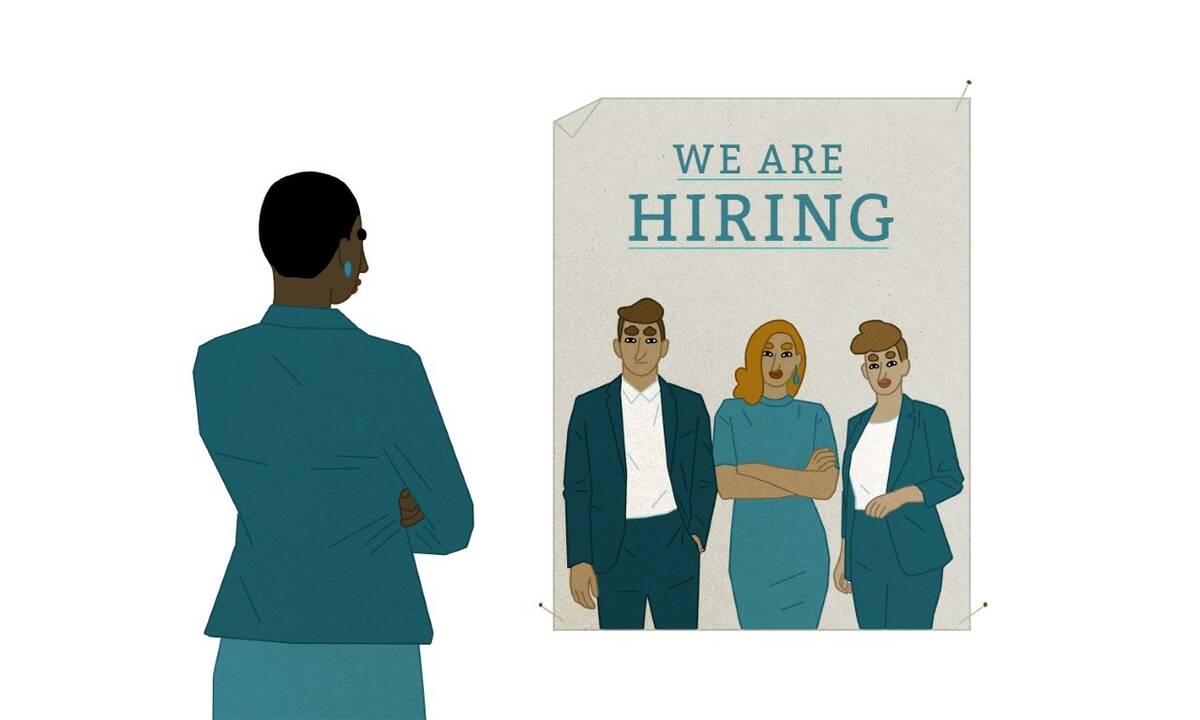Featured Faculty
Professor of Management & Organizations; Professor of Sociology, Weinberg College of Arts & Sciences (Courtesy)
This audio is powered by Spokn.

Lisa Röper
Editor’s note: This is part of a series of articles based on Kellogg Executive Education webinars.
When your company is hiring, do people focus on whether a candidate is a good “cultural fit” for the organization?
If the answer is yes, you’re in good company. The vast majority of managers surveyed worldwide consider cultural fit to be one of the top priorities in hiring, explains Lauren Rivera, a professor of management and organizations at Kellogg. But, she explains, this is generally a bad instinct.
Hiring for cultural fit, when done well, can boost retention and productivity. But most organizations do it badly, Rivera says. Instead of looking for people who share the company’s values, hiring managers look for people who share their own background and interests. And if the people doing the hiring are predominantly male, or white, or wealthy, then they perpetuate that lack of diversity and inclusivity in their organization.
“What you’re going to get is a copy of your existing employees,” she says. “In many instances, it is a form of discrimination.”
Rivera discussed the perils of cultural fit, as well as how to improve hiring processes, during a Kellogg Executive Education webinar. Her insights are based in part on her book, Pedigree: How Elite Students Get Elite Jobs. To research it, she interviewed 120 hiring decision-makers at elite financial, legal, and consulting firms.
She found that when interviewers said they “clicked” or “had chemistry” with a candidate, they often meant that they shared a similar background. Perhaps they played the same sports, or went to the same grad school, or regularly vacationed in the same spot. Then, interviewers would interpret that interpersonal comfort as an indicator that the candidate would be a good fit for the firm.
And, on the flip side, when interviewers said that they didn’t think a candidate would be a good fit, it was often because that person didn’t have a similar background, not because the candidate lacked in skills or positive values.
The focus tends to be, “Is this person a fit socially for me? How do I feel when interacting with this person? Rather than, is this person well suited for our organizational mission and strategy?” Rivera says.
So how can firms address this and improve their hiring processes?
First, companies need to figure out what their culture really is. That should go beyond vague buzz words about, say, “valuing inclusivity.” And the culture should align with the firm’s mission.
A good example of this is Southwest Airlines, Rivera says, which has a culture focused on “fun and love.” Those chipper flight attendants with their often goofy PA announcements, it turns out, are able to turn planes around at the gate faster, which is a productivity boost for the airline.
Once a company has a clear sense of its culture, it can test candidates to see whether they demonstrate those values. If you want your employees to demonstrate fun, give candidates a scenario with a disgruntled customer and ask what they’d do. This elicits far more useful information than a question like, “tell me what you do for fun.”
But, before bringing someone in, Rivera recommends having some sort of skills-based screening for candidates. Because once you’re in a room with someone, you’ll start forming opinions that are inevitably influenced by unconscious biases.
So, for example, someone interviewing for a communications job could be given a writing assignment. That way, interviewers know that they are dealing with candidates who have the technical chops to succeed.
And then, at the end of the interview process, put a cap on how much the interviewer’s sense of fit can influence hiring decisions.
Rivera says there’s often pushback to this sort of process: “People always worry, ‘if we always hire on skill, we’ll hate the people we work with.’”
So, she says, do that skills-based screening first, then bring people in for an interview to make sure they’re pleasant and respectful.
Beyond helping to root out discrimination, this also helps companies get better-skilled employees.
“So much of what happens in a job interview is just people giving you a show,” Rivera says.
You can watch the full webinar here and see previous articles from this series here.